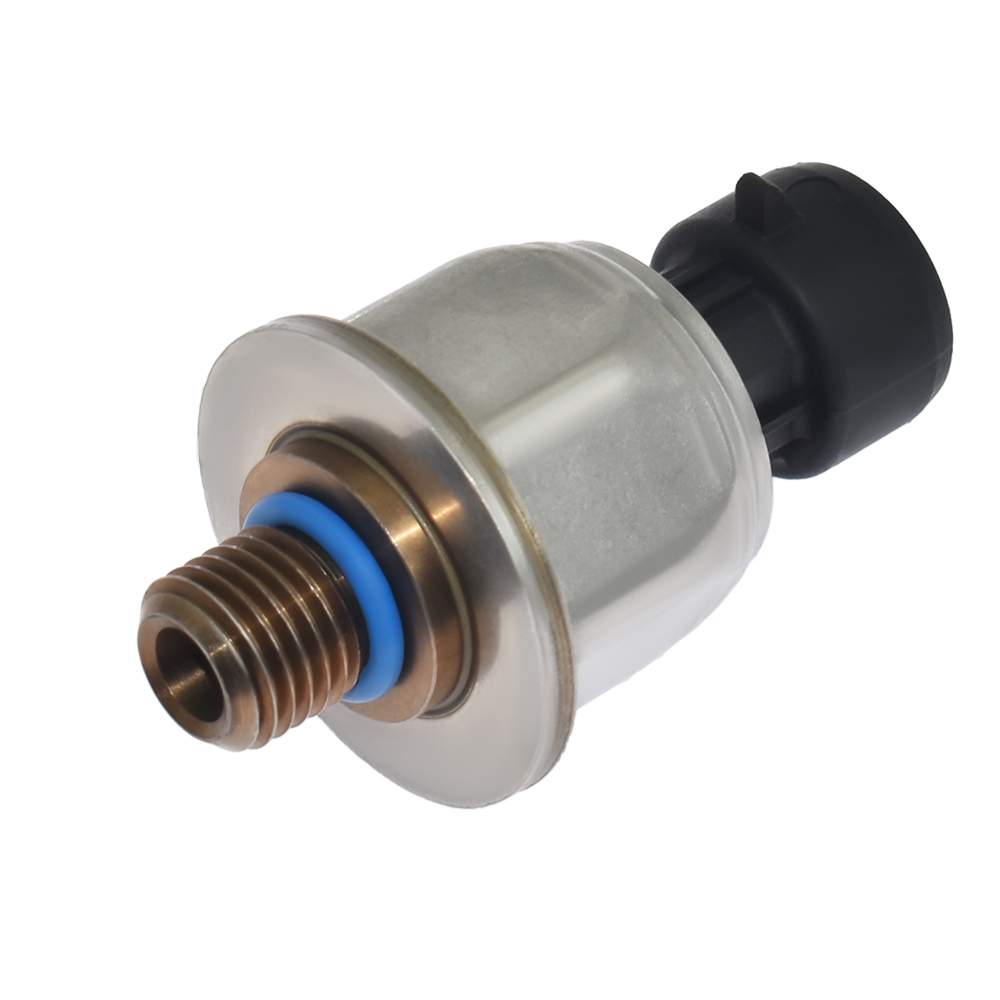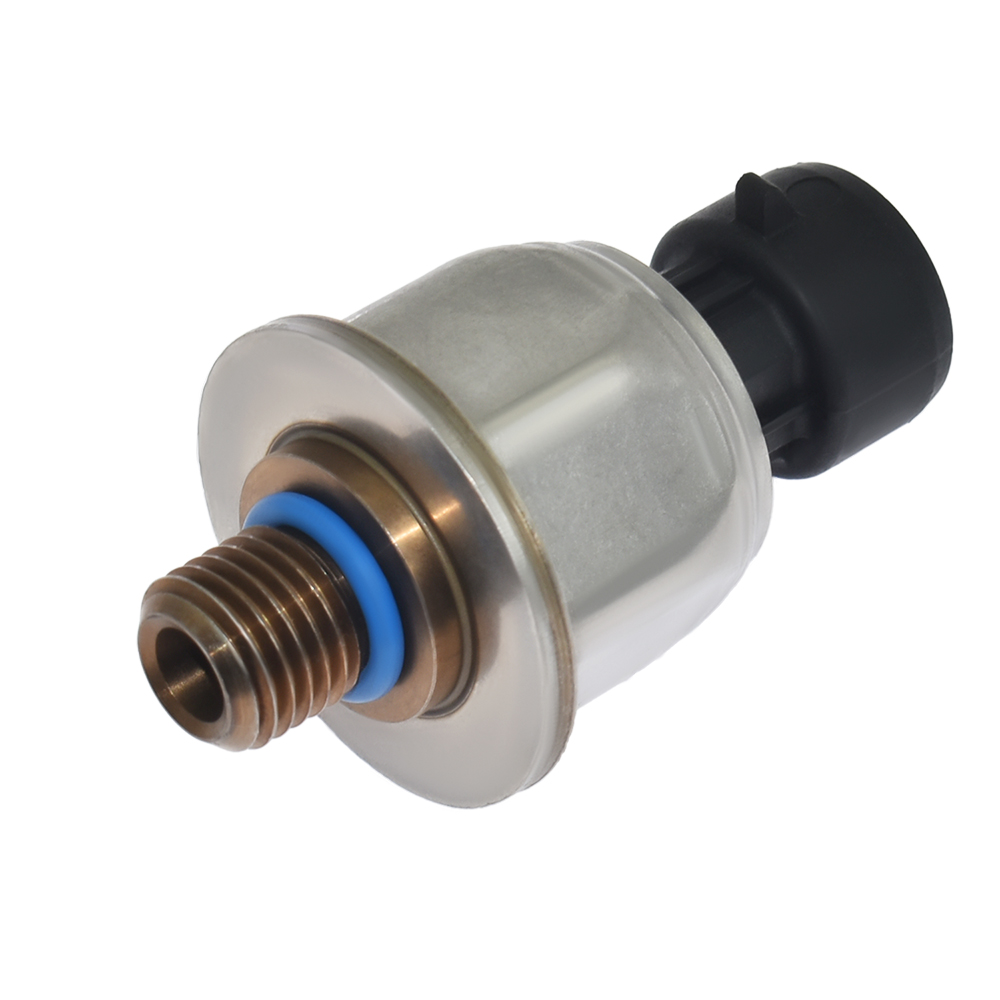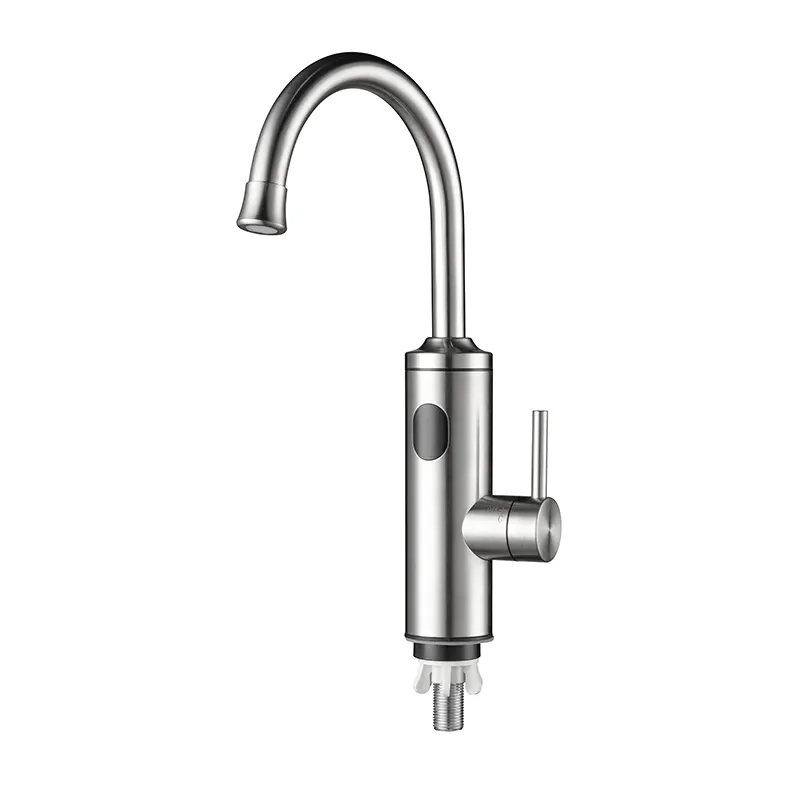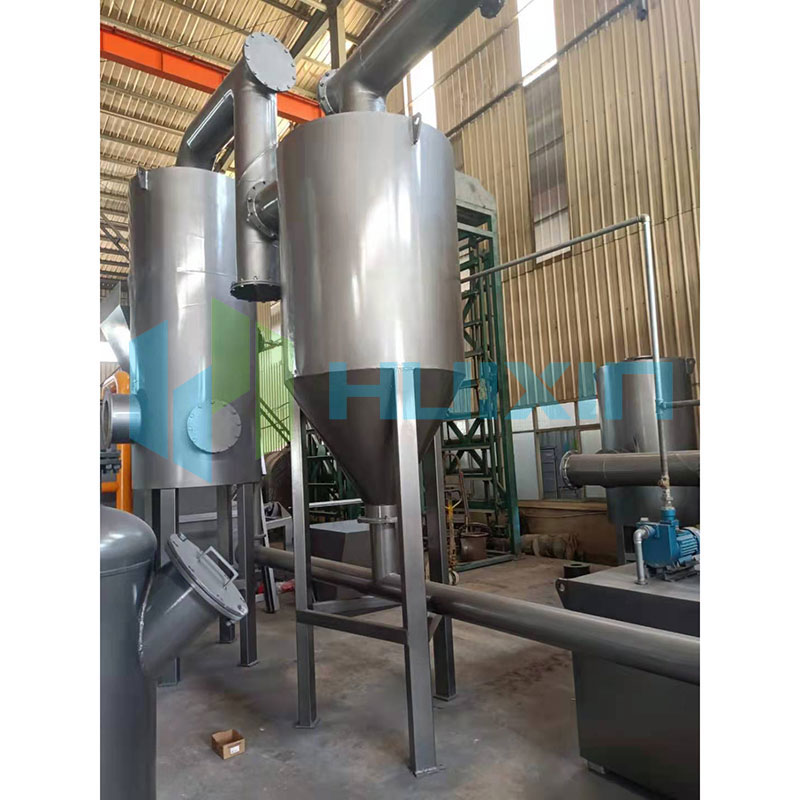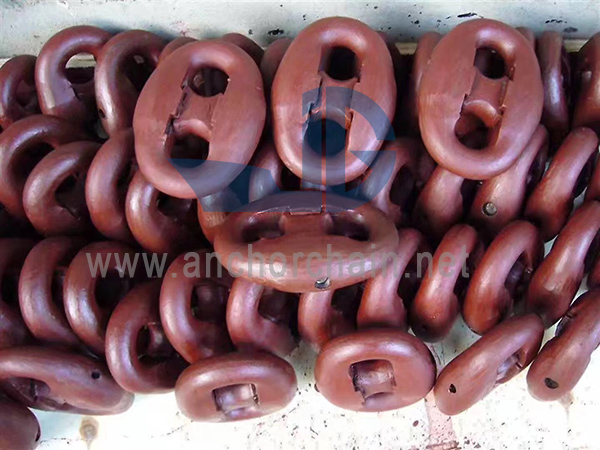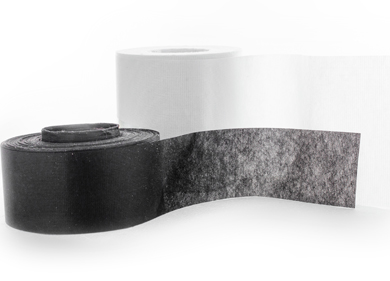The Brief Introduction to Fuel Pressure Sensor
A fuel pressure sensor is an essential component of modern fuel injection systems. It monitors the fuel pressure within the fuel system and provides the engine control unit (ECU) with accurate information about the fuel pressure. This information is crucial for the ECU to make precise adjustments to......
Send Inquiry
Product Description
A fuel pressure sensor is an essential component of modern fuel injection systems. It monitors the fuel pressure within the fuel system and provides the engine control unit (ECU) with accurate information about the fuel pressure. This information is crucial for the ECU to make precise adjustments to the fuel injection timing and duration, ensuring optimal engine performance and fuel efficiency. Here are some key points about fuel pressure sensors:
1. Function: The primary function of a fuel pressure sensor is to measure and monitor the pressure of the fuel within the fuel system. It typically does this by utilizing a diaphragm or a piezoelectric element that responds to changes in pressure.
2. Location: The fuel pressure sensor is usually located within the fuel system, near the fuel rail or fuel line. It may be positioned on the high-pressure side of the fuel system, between the fuel pump and the fuel injectors, or on the low-pressure side, closer to the fuel tank.
3. Sensor Technology: Fuel pressure sensors can use different technologies to measure fuel pressure. Common types include resistive, capacitive, and piezoresistive sensors. Each type has its advantages and may be selected based on factors such as accuracy, response time, and cost.
4. Electrical Output: The fuel pressure sensor typically provides an electrical output signal to the ECU, which is used for fuel control. The signal can be analog (voltage or current) or digital, depending on the sensor type and the vehicle's system architecture.
5. Diagnostics and Malfunction Detection: Modern fuel injection systems often incorporate diagnostic functions to monitor the performance of the fuel pressure sensor. If the sensor fails or provides inaccurate readings, the ECU may trigger a fault code and illuminate the "check engine" light on the dashboard. Diagnostics tools can help identify and diagnose issues related to the fuel pressure sensor.
6. Maintenance and Replacement: Fuel pressure sensors, like other electronic components, may require periodic inspection and maintenance. They can be affected by contamination, wear and tear, or electrical faults. If a fuel pressure sensor is determined to be faulty or is causing issues with the fuel system, it is recommended to replace it with a genuine or compatible replacement part according to the vehicle manufacturer's specifications.
7. Compatibility: When replacing a fuel pressure sensor, it is crucial to ensure compatibility with the specific vehicle make, model, and engine. The sensor should match the required pressure range and electrical characteristics as specified by the manufacturer.
In summary, a fuel pressure sensor is a critical component in fuel injection systems, providing the ECU with real-time fuel pressure data for precise fuel control. Regular maintenance and timely replacement, if necessary, are essential to maintaining accurate fuel pressure readings and ensuring optimal engine performance.
